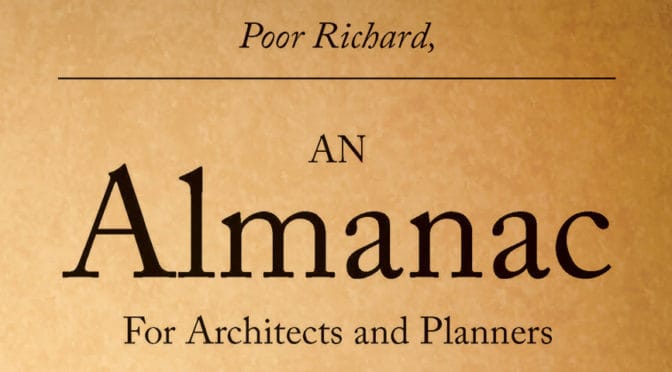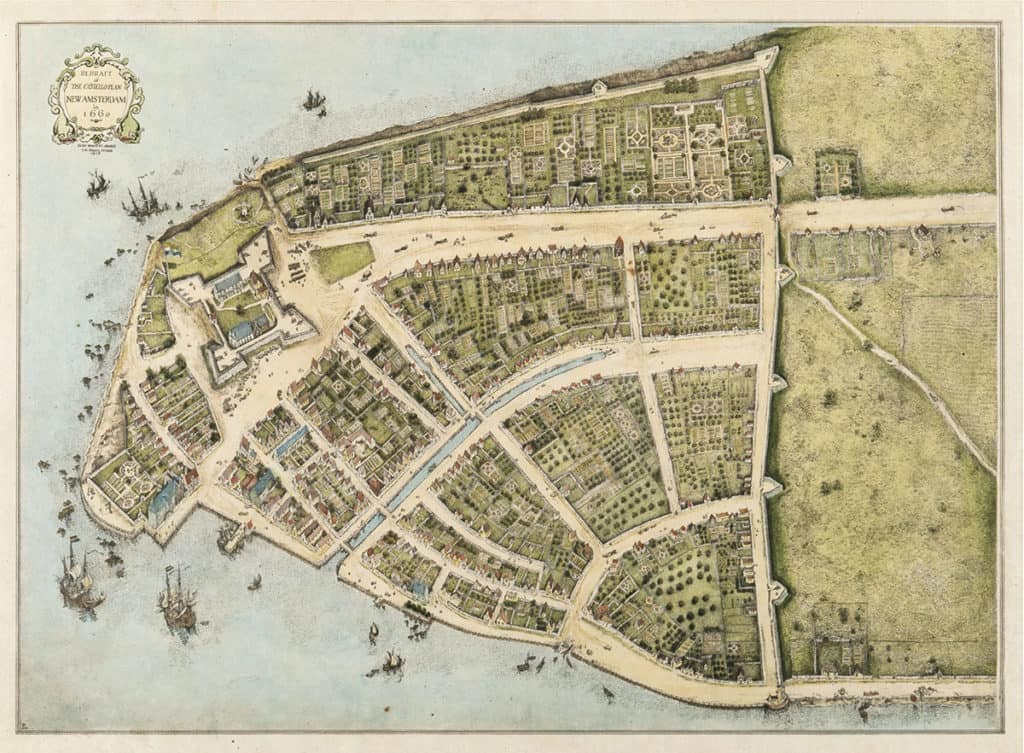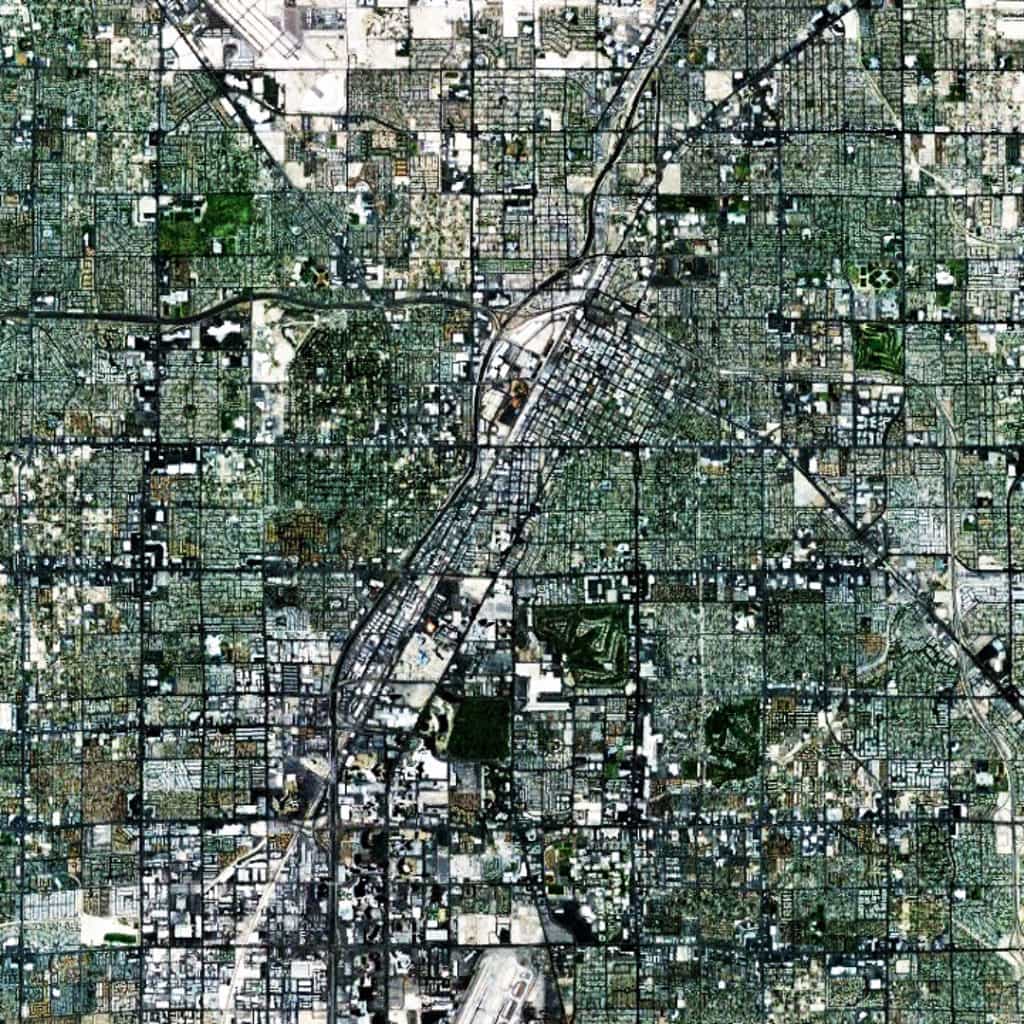More Poor Richard, Part 2
by Dr. Mark David Major, AICP, CNUA-A, The Outlaw Urbanist contributor
Courteous Reader,
I attempted to win your favor when I wrote my first Almanac for Architects and Planners, in the name of the public good and professional betterment, by way of earning some profit and a wife. I am gratified by your expression of encouragement for my tireless efforts dedicated to these aims. Alas, my circumstances still find me exceedingly poor and, unluckily, exceedingly wifeless. I am required to earn some profit to address both problems whilst now addressing a third, namely testing the proposition that insanity is “doing the same thing over and over again and expecting different results.” To satisfy my own particular brand of insanity, I have written more proverbs and whimsical sayings for your benefit and, hopefully, my own.
As before on The Outlaw Urbanist, I write this new Almanac in increments of ten, according to the dictates of Moses and the Almighty. However, once published as an Almanac for Architects and Planners, the proverbs and witticisms were gathered into a number equal to the days of the week, after being reliably informed that both seven and ten are sacred numbers. My desired requirement for a wife is sufficient motive to write this new Almanac in the hope it will find your favor and retweets as a means of demonstrating the usefulness of my continued efforts but also your charity to this sane Friend and poor Servant,
Richard
On Architecture
11. Quality is presence of value and not absence of mistake.
12. Profit is not an aesthetic choice. It’s a surrender.
13. The act of design condemns all architects and planners to play God poorly, some more so than others.
14. Good design enhances everything as surely as bad design defiles all.
15. Architecture cannot save the world, only people can. This is why God sent a carpenter to be the ‘temple’.
16. If architecture is a language, then a lot of architects are speaking in gibberish.
17. Don’t judge a building by its façade. Every building is a story waiting to unfold for those willing to read it.
18. Architecture always lies. Technological innovations only make the lies more transparent.
19. Standardization is a blessing for quantity and a curse for quality in architecture.
20. Architecture represents the outward appearance of things best when the architect understands the inward significance of those things.
Issue 3 of More Poor Richard for Architects and Planners cometh soon!










